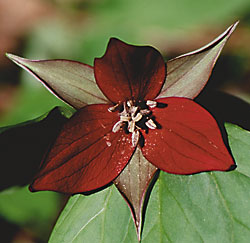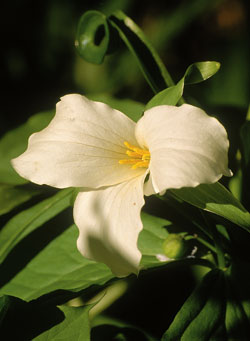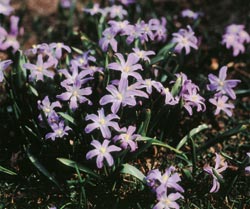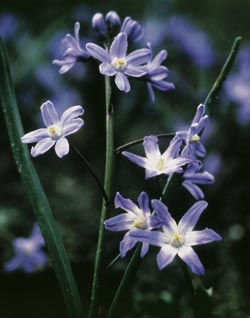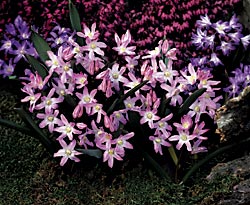According to a soil test, I need to lower the pH of my soil. What are the best and safest ways to do that in an area where I want to grow vegetables?
So you’ve decided on a spot for your garden and have an idea of what you want to grow. That’s a great beginning. Wisest of all, you’ve tested your soil, specifically its pH, so you know which plants will grow best in that bed. Most plants prefer a soil pH somewhere between 6.5 and 7.2. The term “pH” comes from the French term pouvoir d’hydrogene which means “hydrogen power.” It is the amount of hydrogen ion concentration in the soil sample that is measured on a scale from 0 to 14; zero being the most acidic, 7 neutral, and 14 the most alkaline. The pH scale is logarithmic, meaning that each number on the pH scale actually represents a tenfold change. For example, a pH of 7 is ten times more alkaline than a pH of 6.
You can lower your soil’s pH (making it more acidic) by adding chemicals such as soil sulfur, iron sulfate or aluminum sulfate, adding an acid-type fertilizer, or by working organic mulches into the soil such as peat moss, oak leaf mold, composted animal manures, sawdust, ground bark, decayed pine needles, or homemade compost among others.
Organic mulches are likely to be your safest pH-adjusting additives. They not only cover and protect the soil, they also release substances that feed earthworms and other helpful soil organisms. These organisms release nutrients into the soil so that plant roots can absorb them.

